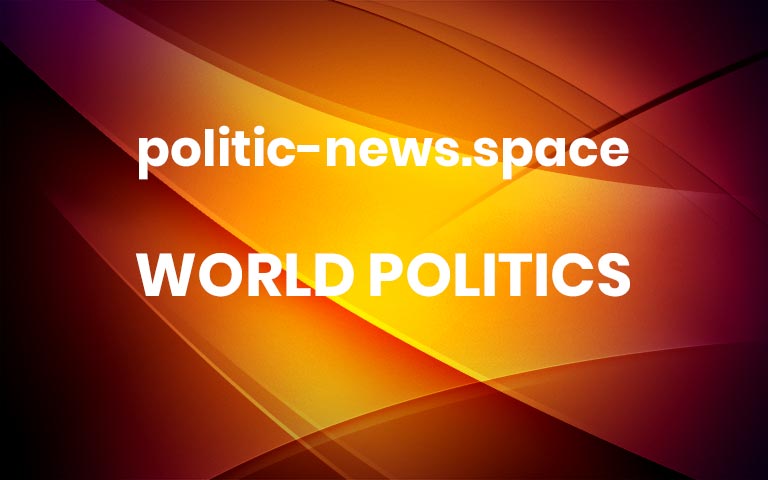Does Saad Hariri Really Believe He Can Save Lebanon?
My parents used to say, “Eat with your mouth and not your eyes.” This may be good advice for newly-minted Lebanese Prime Minister Saad Hariri. He is clearly unable to resist trying once again to raise Lebanon from its deathbed, and this time the consequences may be more disastrous than just a bit of heartburn. Yes, I’m sure his supporters see this as the ultimate act of patriotism, and hopefully, he will be successful, but the odds are against him.
First of all, Hariri is a well-known figure who understands the political calculus of his supporters and opponents. Yet this is not similar to his deal that brought the presidency to Michel Aoun in 2016. The reforms called for, and that Hariri has said he supports, are literally aimed at dismantling the edifice of economic and political corruption that has led to the erosion of Lebanon’s well-being.
Will Idlib Be the Final Move on Syria’s Chessboard?
READ MORE
Secondly, there is the matter of the timeframe called for under the French plan for change that serves as Hariri’s point of reference. It calls for significant reforms underway in six months as well as capital controls, anti-corruption measures, a robust social safety net and radical changes to how the government and banking system operate. Hariri, a three-time prime minister, has said that he will accept a government with a shelf life of six months and focus on the political and economic reforms to refresh and reinvigorate the country.
Will the oligarchy, of which he is a member, yield to his office the necessary executive authority to bypass parliament to enact laws and regulations? There is no brotherly bond or even public tolerance between Hariri and Gebran Bassil, leader of the Christian Free Patriotic Movement. So, will the prime minister’s reliance on Hezbollah’s support bring him into the cross-hairs of US sanctions?
A major sticking point will be the composition of the Hariri cabinet, which he promised will be made up of “nonpolitically aligned experts with the mission of economic, financial, and administrative reforms contained in the French initiative road map.” The downfall of the most recent prime minister, Mustapha Adib, was over this exact point, and it is a road too far for many of the political elites.
Embed from Getty Images
Finally, how much longer will the Lebanese people put up with leaders who are more concerned with their patrimony and their constituents rather than the health, safety and well-being of the country? Hariri may have the best of intentions, but we know which way that road can lead. As Al Jazeera reports, “Hariri’s return marks the biggest challenge yet for activists involved in the nationwide uprising against the country’s corrupt political class that had led to the resignation of Hariri and his coalition government last year.”
The economic realities are well known, ranging from extensive corruption to government mismanagement and a failed government model built on cronyism. Soon, more than 70% of the people could be below the poverty line as the Lebanese pound has lost 80% of its value, unemployment is around 35% and people struggle with restrictions limiting access to their funds in banks. According to journalist Souad Lazkani, as many as 1 million will be unemployed by 2021 unless, by some miracle, reforms are urgently implemented by the new government.
Deja Vu
Hariri’s restart as prime minister is dreaded by many in the street who feel a sense of deja vu from the last decade. “Hariri’s return is the peak of the counter-revolution,” Nizar Hassan, a political activist told Al Jazeera. “A pillar of the political establishment, a multi-millionaire who represents the banks and foreign interests, and a symbol of inefficient governance and widespread corruption: He represents everything we revolted against.”
So, the demonstrators who have been protesting for several months have to decide whether to publicly oppose these latest steps to maintain the status quo or come up with an alternative that, hopefully, will be nonviolent. With the hyperinflation that has caused shortages of basic goods like medicine and foods, the growing instability and dwindling prospects for change, Lebanon faces a very difficult winter.
This is Hariri’s multilayered and multifaceted challenge. As he assembles his cabinet and prepares his ministerial statement of his government’s vision, he will be watched closely by people hoping that he can rise above the sectarian politics of the past, as well as by those who are most threatened by reforms. It is a difficult road ahead indeed.
The views expressed in this article are the author’s own and do not necessarily reflect Fair Observer’s editorial policy. More



